We have all seen the trim board on the stairs, it is the skirtboard. But have you ever thought about its specific function? Now let's unravel your doubts! This article will comprehensively introduce stair baseboards, including their structure, uses, materials, and installation methods, etc.

What is a SkirtBoard on Steps?
A skirtboard on steps, also known as a stair stringer, is a pivotal architectural element of a staircase, serving both aesthetic and functional purposes.
This skirt board is expertly installed along the side of the staircase, which is utilized to conceal the sides of exposed risers and treads, providing a clean, continuous look.
Their role extends beyond mere ornamentation, and they contribute to the structural integrity of the staircase, fortifying the framework and enhancing its durability.
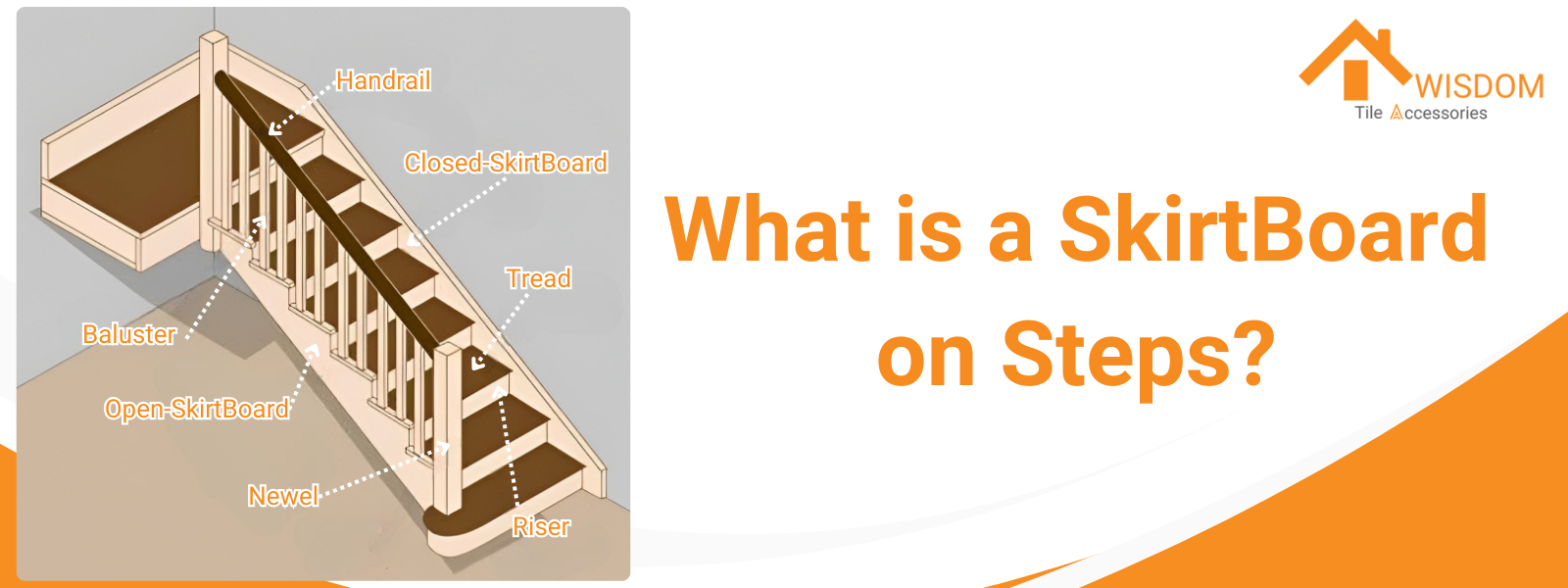
These boards can be placed either on the exposed outer side of the staircase or on the inner wall adjacent to the steps, depending on the staircase design and the desired visual effect.
The choice of materials, ranging from traditional woods to modern composites, along with the finish and detailing, can be tailored to harmonize with the staircase's overall design, making skirtboards a versatile and essential component in staircase construction and design.
3 Reason Why Stairs Need Skirt Board
#1 Aesthetic Appeal
Skirt boards contribute significantly to the finished look of a staircase. They simplify the appearance by replacing the need for regular baseboard trim around each stair with a single, unbroken board running diagonally along the stairs' length.
This creates a more visually appealing and cohesive look compared to trimming out each stair, which can appear overly busy.

#2 Support and Protection
Besides aesthetic value, skirt boards add structural support and strength to stairs. They protect the stairs and the wall from potential damage, absorb vibrations, and help maintain the staircase's shape over time. In addition, they provide a barrier, concealing gaps between the wall and the staircase and protecting against dents or scuff marks.
#3 Hiding Imperfections
A skirt board is an effective solution for hiding unsightly gaps and imperfections in stair finishing. When installed on the inside, as a separator between the drywall and the stairs, it acts as a protective layer, enhancing the overall neatness and polished appearance of the stairway.
What are the Different Types of Stair Skirting?
MDF SkirtBoard
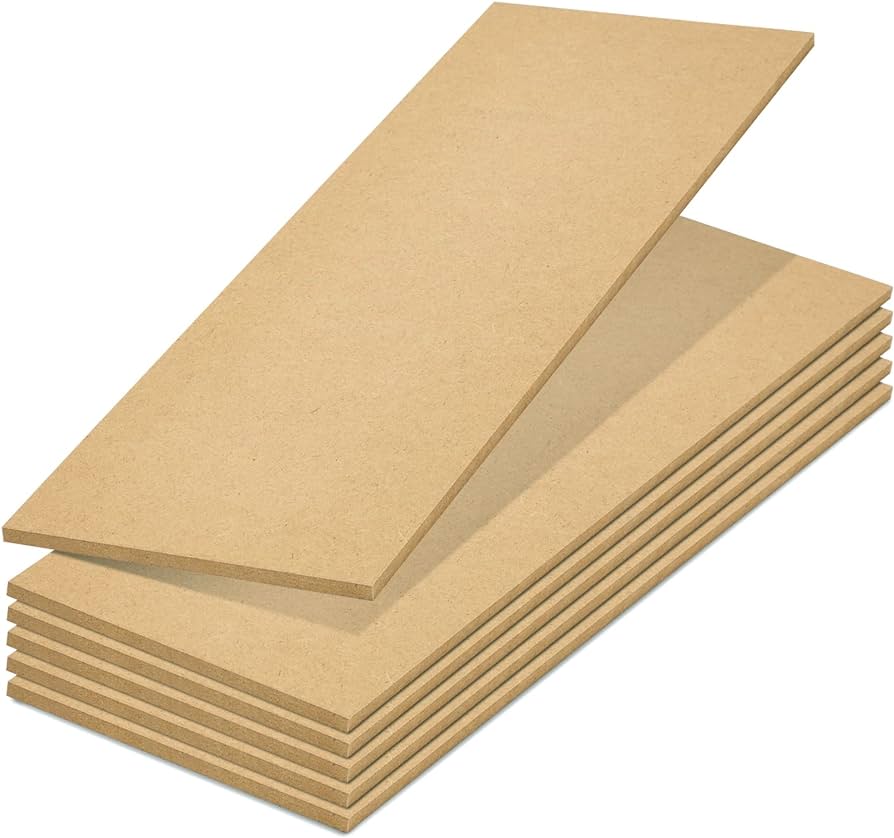
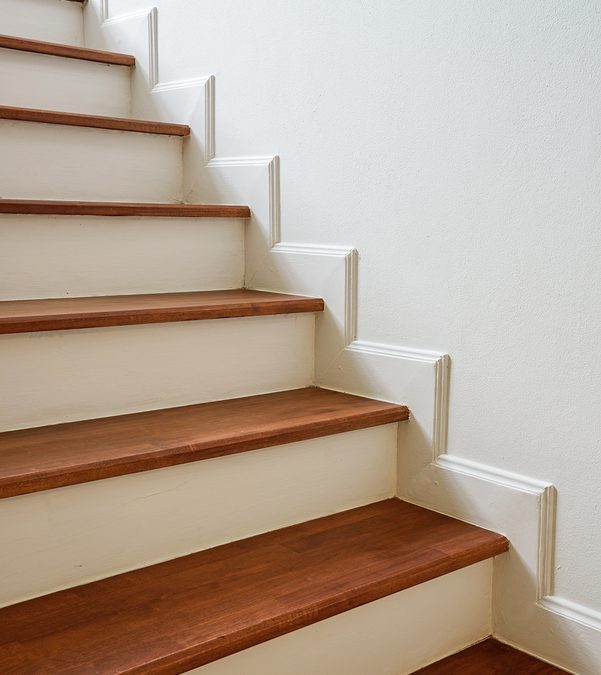
Medium Density Fiberboard (MDF) is a popular choice for stair skirting due to its cost-effectiveness and durability. MDF skirting boards are known for their resistance to mold and fungus, making them suitable for damp conditions like basements.
They are generally easy to work with and maintain a consistent appearance due to their lack of natural defects. MDF does not warp or twist easily, which is crucial for maintaining the perfect shape of skirt boards.
However, it has some downsides, such as the potential to emit formaldehyde and the difficulty in repairing damage since it cannot be sanded or refinished. In some cases, MDF boards might not be available in the required width and may need to be pre-ordered.
Hardwood SkirtBoard
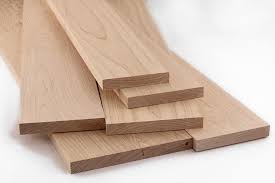
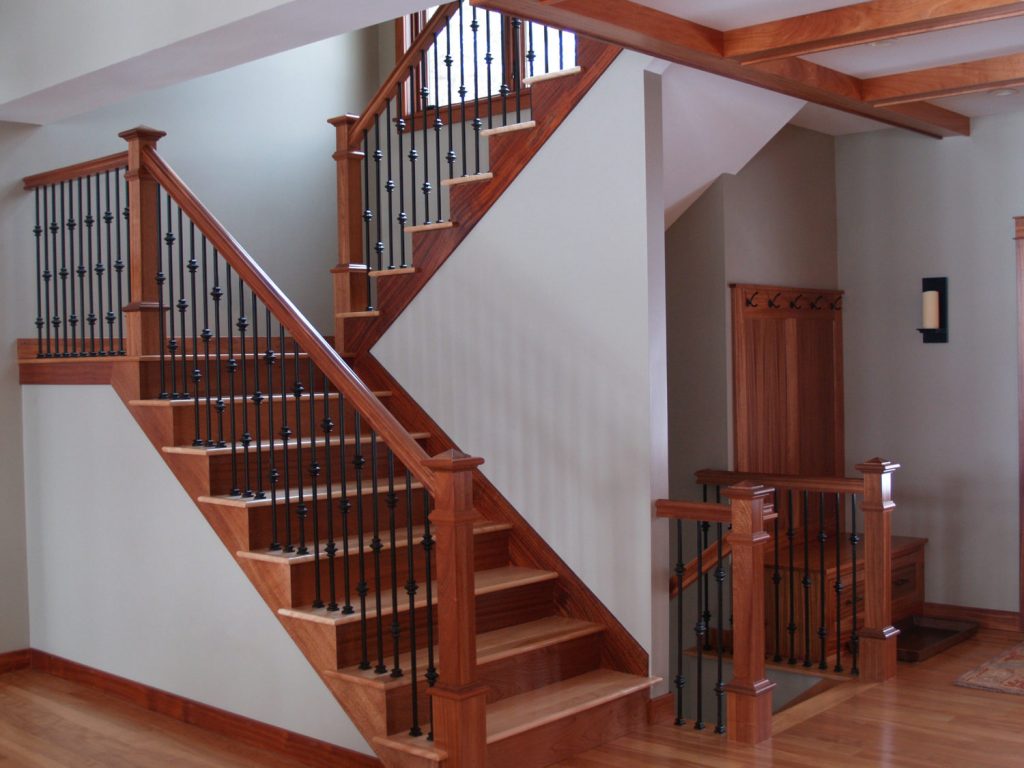
Hardwood is considered a premium option for skirt boards, offering a classic and elegant look. Popular hardwoods used include oak, cherry, and walnut. Hardwood skirting is durable and can be easily repaired by sanding or replacing damaged sections. It tends to be more expensive and is harder to work with, requiring more skill for cutting and installation.
Hardwood is a long-lasting material that can endure for decades with minimal maintenance, making the higher upfront cost a worthwhile investment for many. It's important to match the hardwood of the skirt board with the wood used in the stairs for a cohesive look.
Softwood SkirtBoard

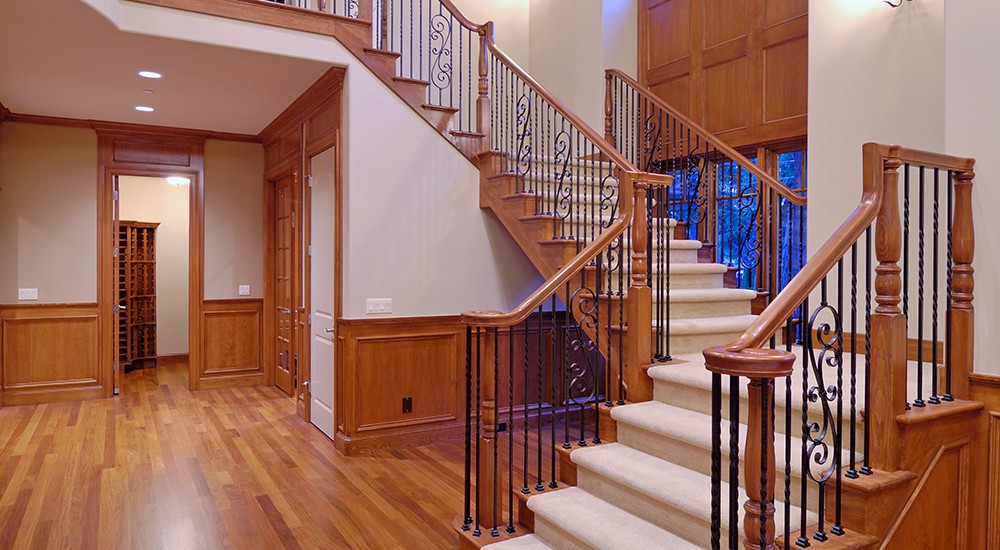
Softwoods, such as pine or fir, are also used for stair skirting and offer a more affordable alternative to hardwoods. Softwood is a good option if you plan to paint or stain the board.
However, softwood can be prone to warping and twisting, so it is advisable to use pre-primed and jointed pine boards over common pine boards. Softwood is more flexible and available in a variety of styles and heights.
It is also easier to sand down and reuse, making it a more sustainable option. The main disadvantage of softwood skirting boards is their susceptibility to changes in temperature and humidity, which can lead to warping, distortion, and splitting.
Comprehensive Comparison of Different Types of SkirtBoard
Featured | MDF SkirtBoard | Hardwood SkirtBoard | Softwood SkirtBoard |
|---|---|---|---|
Pros | Cost-effective, durable, resistant to mold and fungus, consistent appearance, does not warp or twist easily. | Elegant and classic look, durable, easily repairable (can be sanded or replaced), long-lasting with minimal maintenance. | More affordable than hardwood, flexible and available in various styles, easier to sand and reuse, suitable for painting or staining. |
Cons | Potential to emit formaldehyde, difficult to repair (cannot be sanded or refinished), availability in specific widths may be limited. | More expensive, harder to work with (requires skill in cutting and installation), matching with stair wood needed for cohesive look. | Prone to warping and twisting, susceptible to damage from temperature and humidity changes, may require pre-primed and jointed boards to avoid defects. |
Best For | Budget-friendly projects, damp conditions like basements, consistent aesthetics without natural defects. | Premium, durable installations, and where matching with stair treads is desired. | Cost-effective yet flexible designs, areas with controlled temperature and humidity. |
How to Make a SkirtBoard? (Step by Step)
Step 1: Preparation
- Examine the staircase's initial condition, noting areas for improvement.
- Materials Required: Craft paper, painters tape, an eight-foot pine board, a 16-foot MDF board, and essential tools (miter saw, jigsaw, brad nailer).
Step 2: Template Creation

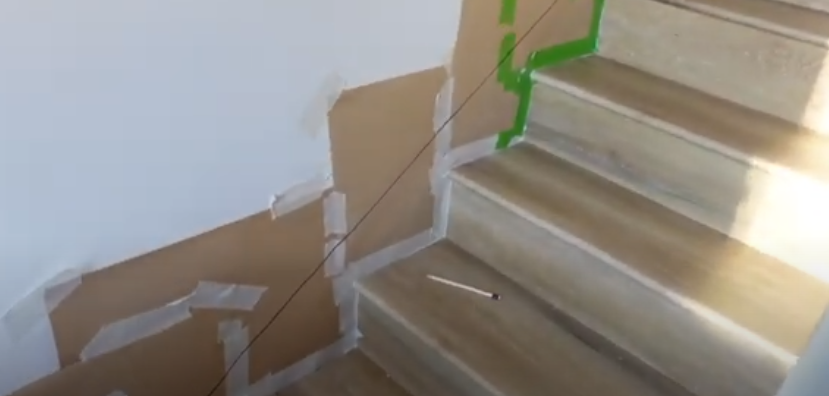
- Use craft paper and painters tape to form a precise template around the stairs' risers and treads.
- Lay the pine board along the stairs to mark the cutting line for the top of the skirt.
Step 3: Cutting the Skirt
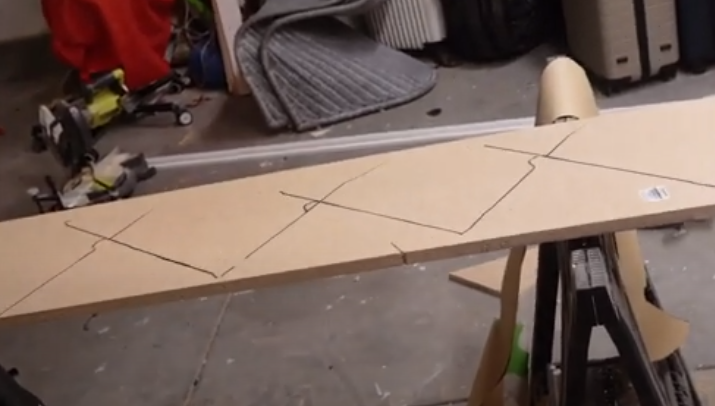

- Trace the template onto the MDF board, focusing on the stairs' unique contours.
- Use a circular saw for straight cuts and a jigsaw for the rounded edges.
Step 4: Fitting and Adjusting
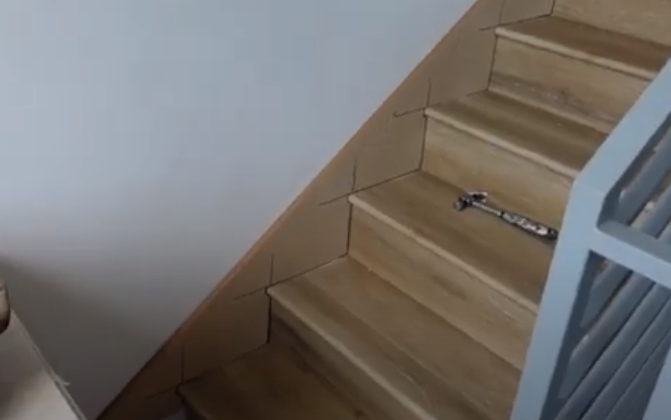
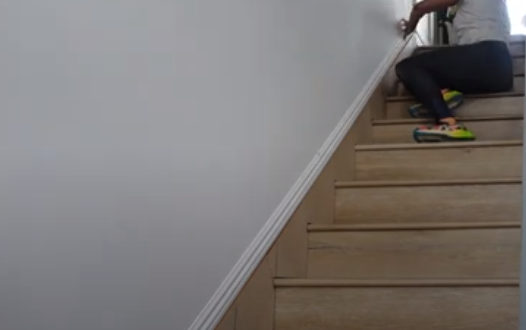
- Test-fit the cut piece against the stairs, ensuring a snug fit.
- Fill any minor gaps with caulk for a polished look.
- Enhance aesthetics with decorative molding along the top edge, secured with a brad nailer.
Step 5: Angled Cuts and Fine-Tuning
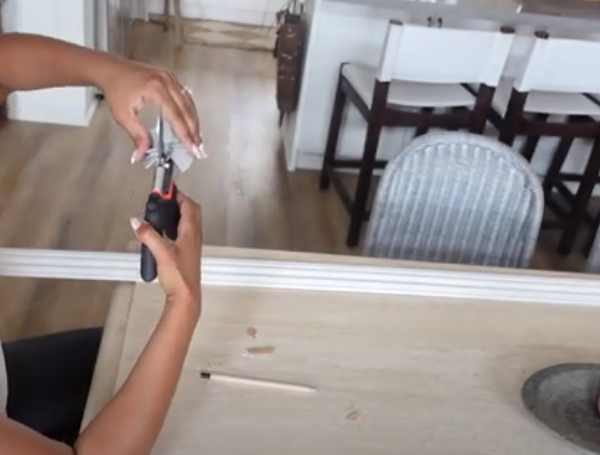
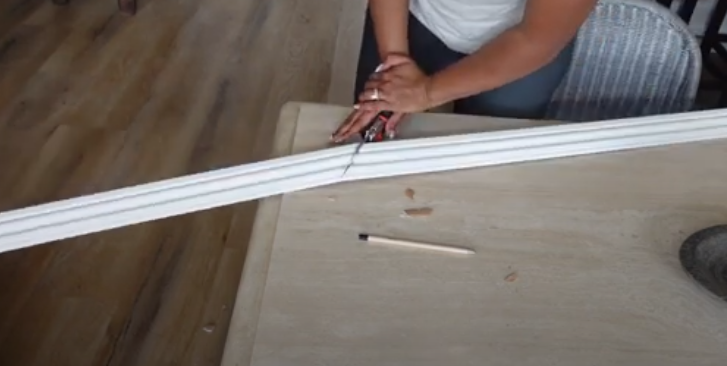
- Employ an angled trim cutter for precise cuts at the top of the stairs.
- Ensure the molding aligns perfectly with the wall and stair angles.
Step 6: Painting and Finishing
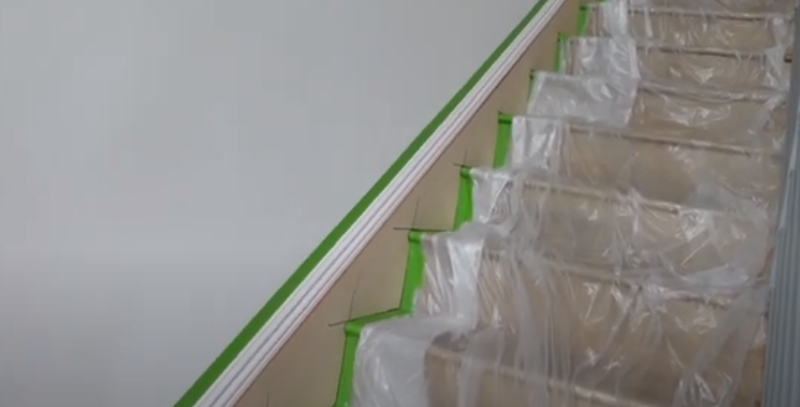
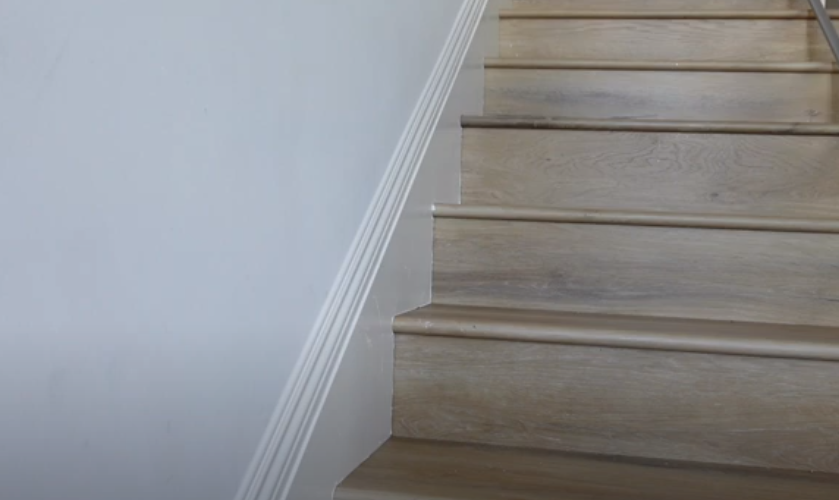
- Prime the MDF board and molding.
- Apply two coats of white paint for a warm, elegant finish.
- Remove protective tape while paint is still slightly damp to avoid tearing.
Decorate Your Stairs with Stair Nosing
In the realm of modern architecture, stair nosing, alongside stair skirting boards, has gained significant popularity. The primary purpose of stair nosing is to enhance the safety of staircases.
By slightly increasing the surface area, stair nosing reduces the risk of missing steps or losing footing while ascending or descending stairs. Additionally, it contributes to the aesthetic appeal of interior design, adding a touch of elegance to your stairways.
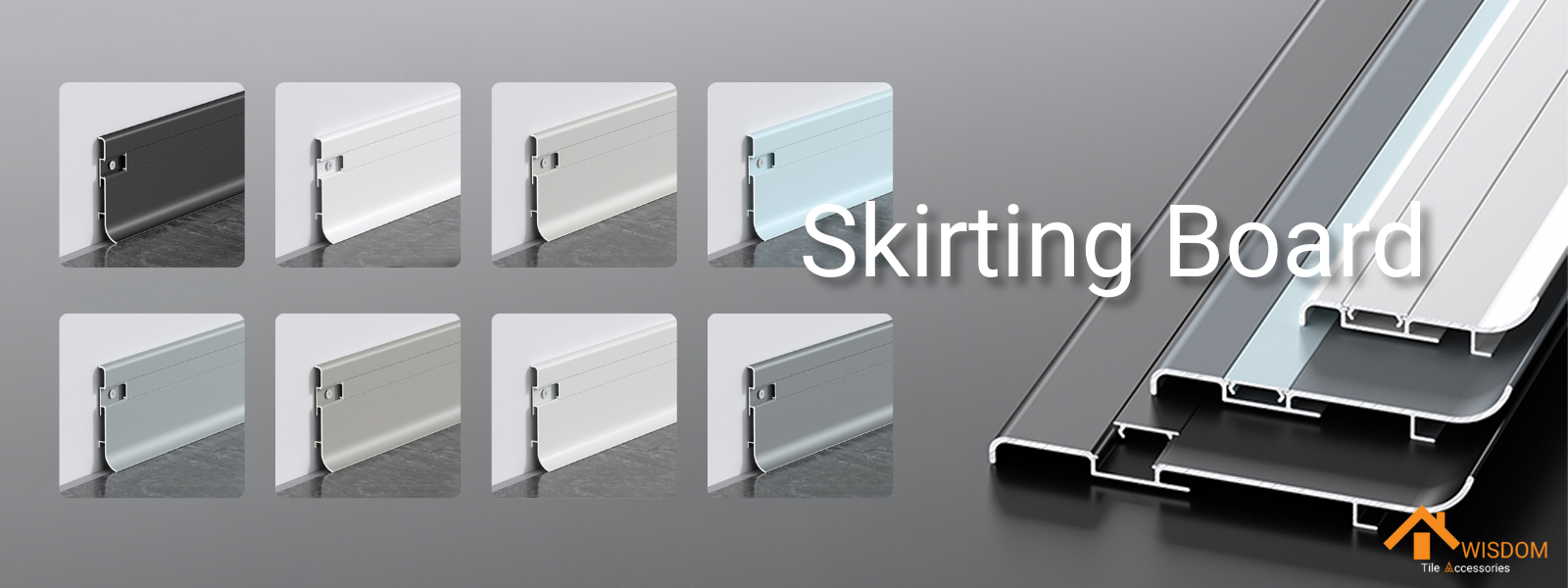
Awisdom, a supplier with 15 years of experience in building material accessories, offers a diverse range of Stair Nosing options. Our products are designed to accommodate all staircase designs with various dimensions.
Contact us today, whether you seek to expand your knowledge about staircases or wish to explore a broader range of stair accessories. Awisdom is committed to providing you with the best service.
>> See The Guide about Different Stair Nosing Types
FAQ about Stair SkirtBoard
Do you install stair skirt board before or after treads?
Installing a stair skirt board before the treads is typically recommended for a cleaner and more precise finish. This approach allows for easier alignment and concealment of imperfections both in the treads and the skirt board. Especially in cases where stair treads have an overhang, pre-installing the skirt ensures a seamless integration.
Is it OK to have no skirting boards?
While skirting boards are commonly used for aesthetic and practical reasons, it's feasible to design a room without them. They primarily cover expansion gaps and protect walls from damage, but omitting them can be a stylistic choice, particularly in modern or minimalist interiors.
How do you cut trim around stairs?
For a professional finish, cut the baseboard trim at a 45° angle and use a return or end cap to neatly close the end. This method involves making precise cuts to ensure the baseboard and the filler piece fit together seamlessly, offering a polished and complete look.
What is the most common skirting board size?
Skirting board sizes vary, with common heights ranging from 4-6 inches for a subtle look to 12 inches or more for a more prominent effect. The choice often depends on the architectural style of the home.


